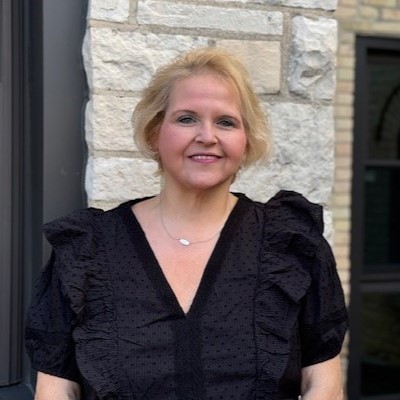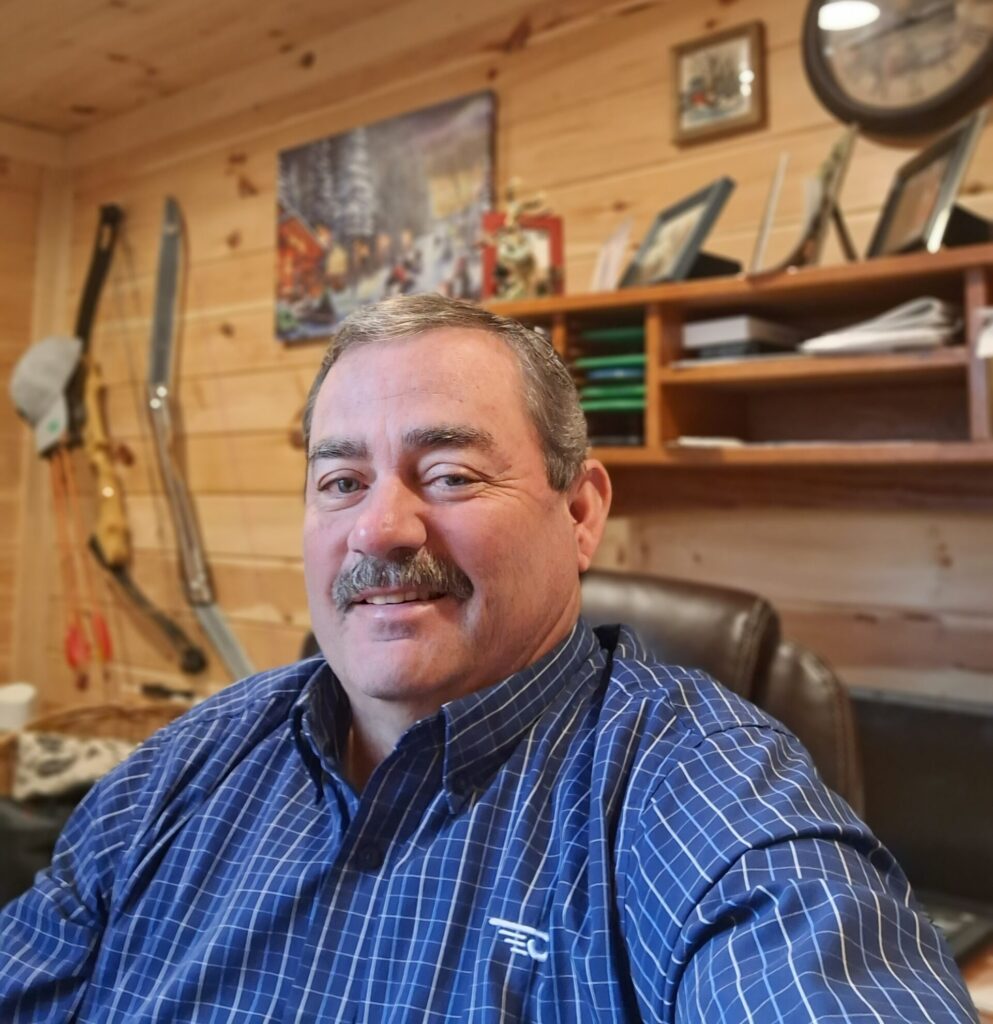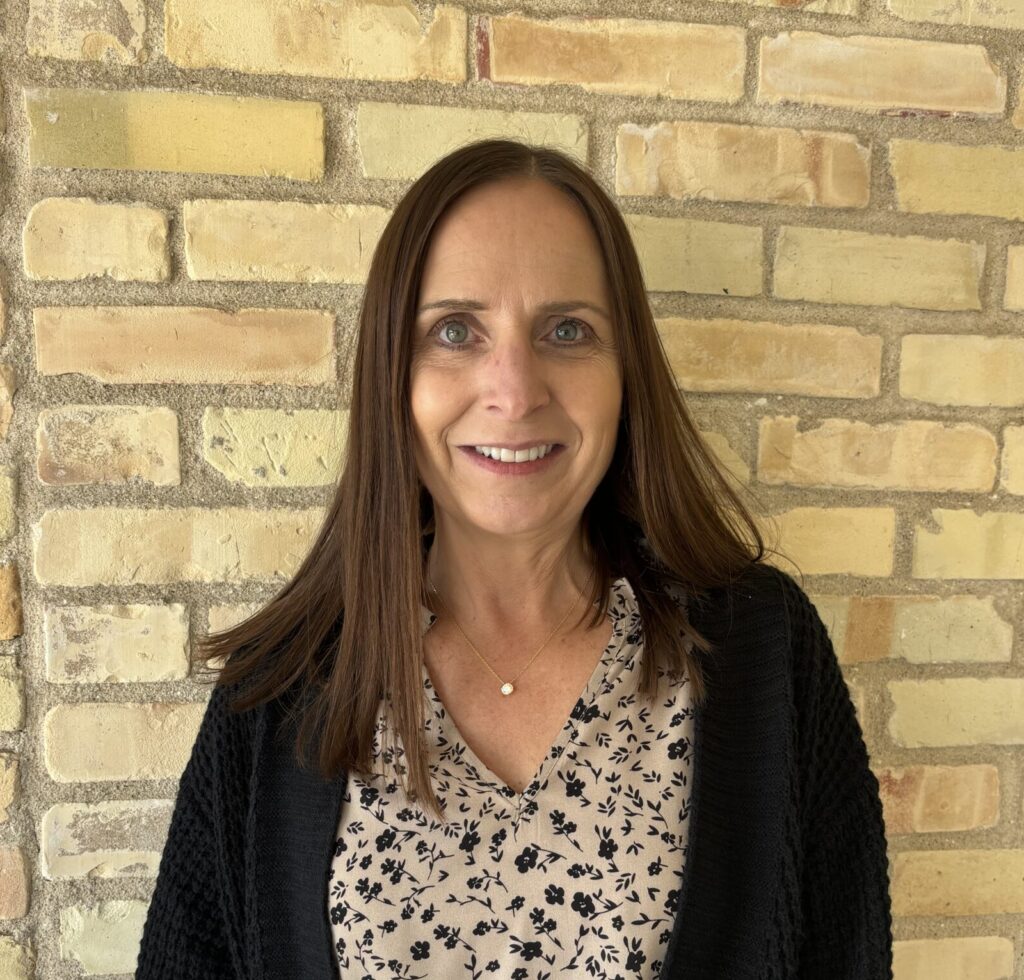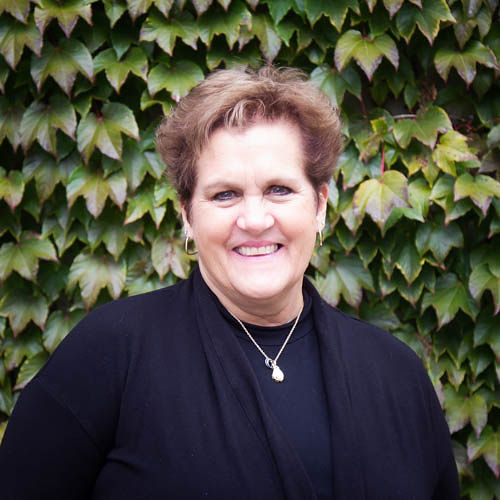The Sandler Selling System was developed in 1967 by David Sandler. Over the years, it has become an extremely popular selling system. Instead of acting as an aggressive salesperson, the goal for a sales rep is to act as a trusted consultant. The idea is for the sales agent to be perceived not as an adversarial party in a negotiation, but as trusted advisors on the same side of the table as the customer to help them find a solution to their problems.
The Sandler Sales Methodology introduced a sort of sales jiu-jitsu to the profession. Under the Sandler method, the goal isn't to "convince" the prospect to buy; it’s to lead the prospect to explore the problem, find the customer's pain point, and have them decide for themselves - leading to a successful sale.
The Sandler sales rep must focus on building a relationship as early as the qualification process. The seller helps the buyer pinpoint pain points through a bonding process by asking a series of carefully-crafted right questions.
Sandler Sales Methodology
In essence, the Sandler sales methodology boils down to these key steps:
Find the Pain Points
Inexperienced salespeople often take what prospects say for granted Just because a patient tells their doctor their stomach hurts, that doesn't mean it's the main problem. It might be a symptom created by a deeper problem that the patient isn't even aware of. The Sandler Selling System requires sales teams to find the customer's pain point.
The Sandler sales method doesn't start with selling. It starts with listening. Before you dive into selling a product or service, you must identify the prospect's underlying problem. You do that by asking the right questions during the qualification process.
Discovery Over Persuasion
The sales rep needs to focus on building a case for themselves in a non-intrusive fashion. Whether it's a presentation, a sales call, or in-person communication, salespeople focus on why customers should buy their service too much. Instead, they should focus on building a rapport that allows them to lead the customer through the decision-making process and come to that conclusion on their own.
The Sandler model idea is not to impose a solution on a resistant prospect and then try to overcome their objections. The Sandler sales professional instead tries to diffuse the natural resistance, and help the customer see for themselves that their solution makes sense.
Identify The Conversation ‘Sweet Spot’
Untrained and rookie sales reps talk too much. Whether it’s because of inexperience or nerves, talking too much can deflate the buyer's interest instantly. When you meet a qualified prospect, it should be a bonding dialogue, not a monologue.
If a prospect just wants a rundown of product features, they can visit your website. Chances are good they already have. But if you approach them in a consultative manner from the get-go, you're more likely to build a fruitful relationship because both you and the client will discover something new. The Sandler methodology teaches the typical sales rep how to encourage open communication with the decision maker.
A lead becomes a client when they realize that you can help them, not when you spend an hour explaining how awesome you are.
Resistance to Sales Reps Inherent
People don't like to be told what to do, and they don’t like being told what to buy. Telling your lead to buy your services right from the start is like attempting to break a concrete wall with a wine glass. It’s not going to work.
Instead of leading with product features, the Sandler sales professional’s approach is customer-centered. They walk their prospect through a process of self-discovery.
The Sandler Sales Process
It sounds obvious on the paper, right? Be kind to your customers, and they will buy. But in reality, the solution isn't as straightforward. In the Sandler method, there are multiple stages to the sales process, since the salesperson needs to find the delicate balance between compassion and directing the buyer. Being too pushy, or too compassionate, can result in wasting time without closing the deal.
When the time is right, and the conversation reaches the closing stage, the Sandler Sales professional knows to be bold enough to ask for the sale.
Good sales skills aren’t enough by themselves, you need to bring the selling process to the right customers through honest communication and exceed their expectations, without being a pushy salesperson. Even the best Sandler Sales-trained professional can’t bring in an order from a prospect who just can’t afford to buy from you.
That’s why it’s important to offer affordable financing to your customers. Most credit cards can’t cover the typical ticket size in the home improvement business. And banks often have unrealistic credit expectations and force your customers to jump through hoops to qualify for a loan.
With Time Investment Company, it’s easy for your customers to apply and get approved for financing in minutes, in most cases. So you can close the deal and get the customer approved during the sales interview, on the spot. And create future loyal customers in the process.
If you would like more information about how to boost sales, you can contact us using our inquiry form. We will be happy to provide some personalized advice based on what we learn from you.
































